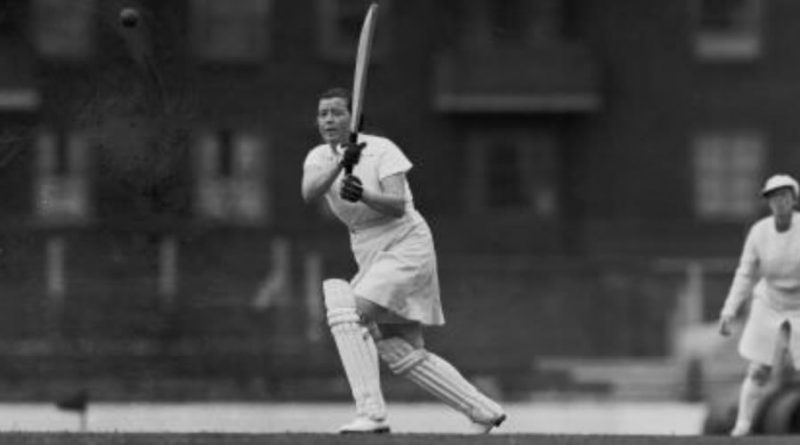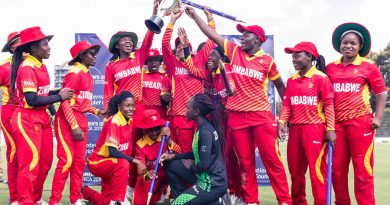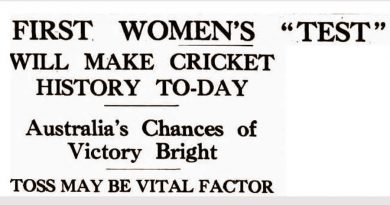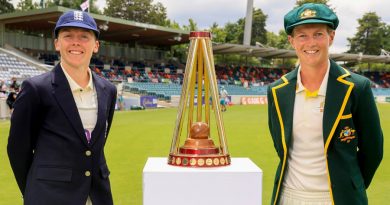Myrtle: Made for Test Cricket
Born on 2nd April in Ambala, United Provinces, India in 1911, former England captain Myrtle Maclagan. The allrounder has a stunning array of firsts: the first wicket in Test cricket. The first five wicket haul, the first half century and the first century.
Myrtle was made for Test cricket. Everyone knew this in 1934 when England were selecting a team to tour Australia for the very first international series. Myrtle just loved to bat and for long periods. Oh she was made for the longer version of the game.
Gifted Allrounder
She proved this in the very first women’s Test at Brisbane in December 1934. Margaret Peden won the toss for Australia and elected to bat. Gun opener Hazel Pritchard trod on her stumps to give Myrtle the first wicket in Test cricket, bowling her right arm off spinners.
She didn’t wait long to get the second, Nel McLarty caught and bowled. Ruth Monaghan, same fate. Myrtle then bowled Essie Shevill for a duck and the Aussies were 4 wickets down for 10 runs. Myrtle had all four victims with 4/5.
She didn’t get the next one. Aussie ‘keeper Hilda Hills was struck in the nose and retired hurt, never to play again. Myrtle picket up three more to finish with 7/10 as the Aussies crumbled to 47 all out.
Myrtle then opened the batting and slayed the local bowlers, scoring Test cricket’s first half century into the bargain with 76. In the second Test of that series, Myrtle scored the first ever women’s Test century.
Made for Test Cricket
Yes, Myrtle was made for Test cricket. She played 14 matches, spanning 17 years and captained England twice. (Another first, captaining England to their first Test loss…) With 1007 runs at 41.95 and 60 wickets at 15.58, Myrtle was the gun player of her era. Oh what could have been, had that dreadful war not intervened, robbing Myrtle, and those of her generation, of a decade of Test cricket.
Captaincy wasn’t necessarily a part of Myrtle’s armour, but she stepped up to the plate against the visiting Aussies in 1951 when regular skipper, Molly Hide was unfit for play. By this time, Myrtle is forty years of age. She captained in the first two Tests of the series, lost one, drew one.
In her final Test match, Myrtle did what Myrtle does best: she knocked up a half century in the first innings of the match, then took 2/26 and 1/8 to help give England victory by 137 runs. A fitting way for a legend of the game to exit the scene.
Embed from Getty Images



